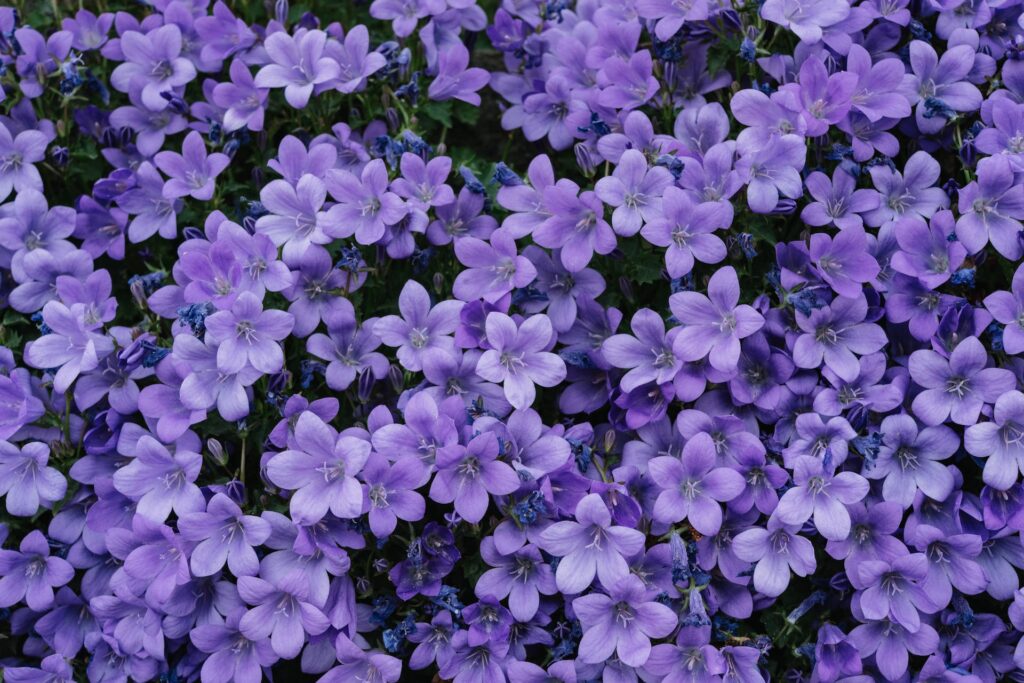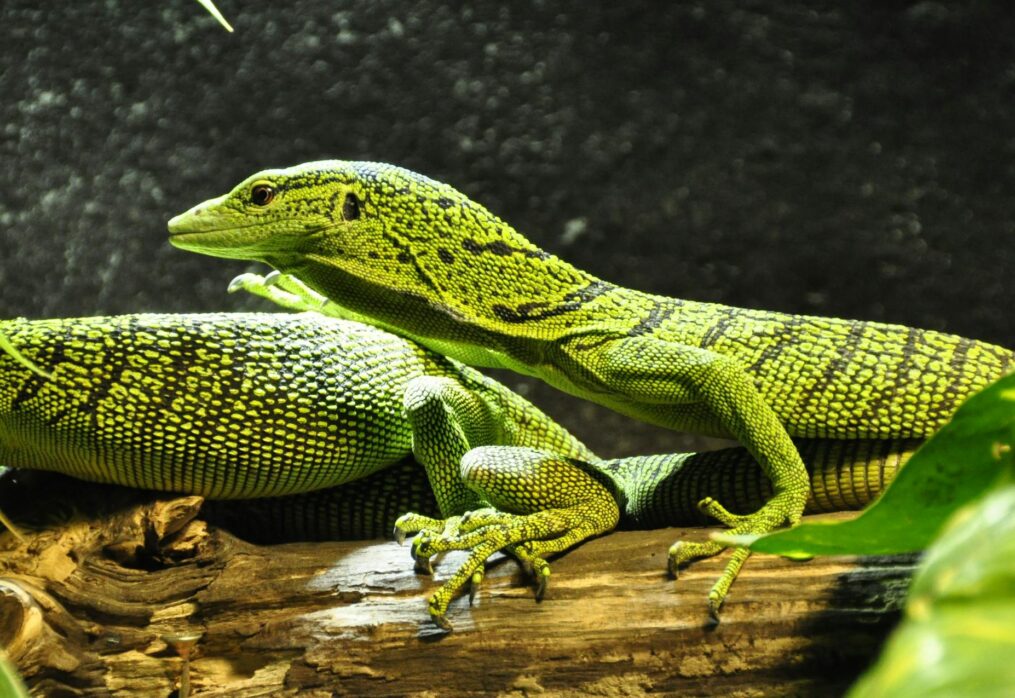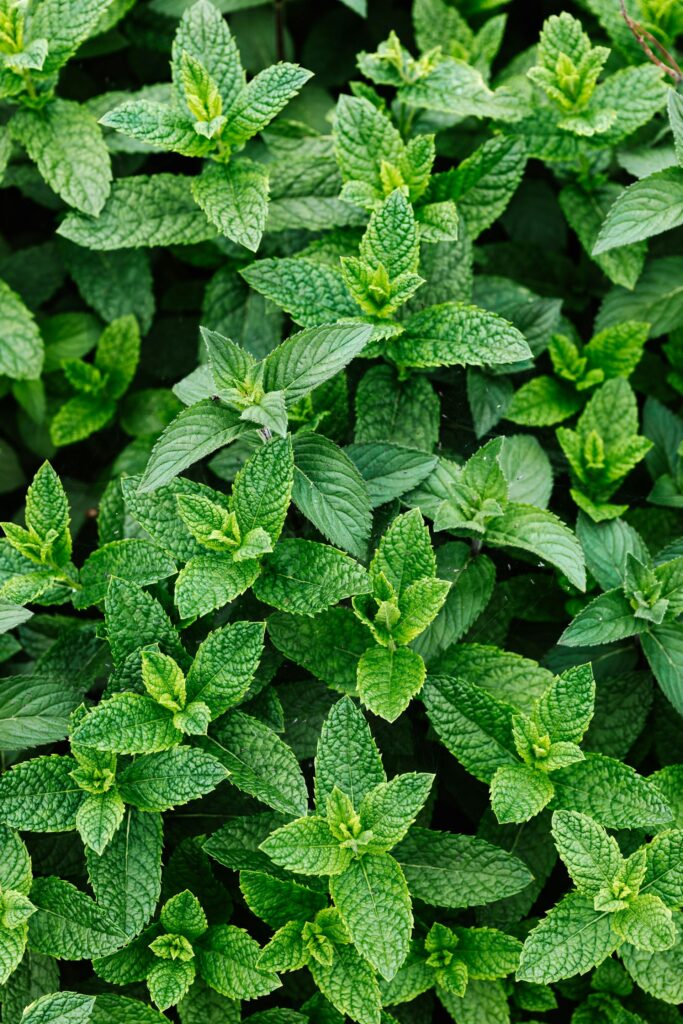Which Plants we should Keep home to avoid Lizards?
Which Plants we should Keep home to avoid Lizards?
As they slither across the faraway rocks or woodlands, lizards might be charming creatures to watch. But most people would rather not have or even see lizards in their own homes, gardens, or yards. While house lizards aren’t violent or dangerous, you could be the type of person who gets a chill just thinking about having one in your home. Plant some lizard-repellent trees and witness the results for yourself if you wish to eradicate the unwelcome presence of lizards near your property.
6 Useful Plants That Repulse Lizards
Do you want to know which plants can keep lizards away from your home? If you want to keep lizards out of your yard, you don’t need to look any farther than these six plants.
1. Rhododendron officinalis, or Rosemary Plant
Plant Origin: Europe Repelling Mechanism Rosemary’s pungent fragrance deters the house lizard, keeping it away from your home. Also, rosemary oil, an essential oil, retains a more intense fragrance to discourage lizards. Ideal Condition to Grow Rosemary may be grown inside or outdoors but cannot reliably thrive at less than 10°F or -12°C. Therefore, you should cultivate rosemary in a container or pot. Other Uses This lovely herb is used in soups and steaks owing to its delectable taste. Even the strongly scented rosemary oil is frequently employed in lizard-repellent sprays.
2. Peppermint Plant (Mentha Piperita)
Origin of the Plant: Europe and the Mediterranean Area Repelling Mechanism The ordinary house lizard cannot endure peppermint plants’ powerful and overpowering fragrance. Thus, they do not come to the neighboring places where this plant is growing. The peppermint oil spray might function even better to dispose of lizards.
Ideal Condition to Grow If planted in perfect conditions, a peppermint tree can expand up to a height of 90 cm. Ensure that you put the peppermint tree in well-drained yet wet soil. Also, please pay attention to frequent watering and keep it away from direct sunlight.
Other Uses This lovely herb is used in soups and steaks owing to its delectable taste. Even the strongly scented rosemary oil is frequently employed in lizard-repellent sprays.
3. Eucalyptus or Nilgiri Plant
Origin of the Plant: Asia Repelling Mechanism The leaves of Eucalyptus trees are packed with oil glands whose fragrance is regarded as equally repulsive by lizards and insects. Thus, the eucalyptus is one of the greatest plants that keep lizards away.
Ideal Condition to Grow An adequately grown, multi-stemmed Eucalyptus can achieve a height of 10 cm. Plant the tree in a type of soil that includes phosphorus at a lower level. The position of the planted tree should be one that receives sufficient sunshine. When the spirit grows dry, water the plants correctly.
Other Uses The oil of Eucalyptus is used in creating insect repellents, industrial solvents, and antiseptic lotions. The leaves of Eucalyptus relieve bodily soreness, promote relaxation, treat colds, and soothe irritated skin.
4. Pencil Tree (Euphorbia tirucalli)
Origin of the Plant: Africa Repelling Mechanism The latex of the pencil tree includes poisonous components and is another plant that keeps lizards away. It leads to skin irritation and sometimes produces serious burns inside the mouth if individuals consume it.
Ideal Condition to Grow You must cultivate the plant in a well-lit place where ample sunshine comes. The soil should be of high quality and possess strong drainage capabilities. In winter, water it once a month and once a week throughout the summer months.
Other Uses It is used to cure fractured bones, hemorrhoids, nasal ulcers, and swellings. The root extracts include nutrients that might strengthen your gastrointestinal system. Also, toys are rafters created from the hardwood of this plant.
5. Japanese Mint (Mentha Arvensis)
Origin of the Plant: Japan Repelling Mechanism Lizards cannot stand the strong fragrance of Japanese mint and, therefore, do not prowl about the locations where the tree is planted. This is how this plant keeps lizards away.
Ideal Condition to Grow This herbaceous plant may develop from 10 to 60 cm in height. Also, the blossoms of these trees are pale purple, and the leaves are up to 2–7 cm in length. It is preferable to cultivate this plant in soil rich in humus and water it regularly. Also, avoid placing it in direct sunlight.
Other Uses The healthy leaves of Japanese mint are used to alleviate health ailments, including colds and dyspepsia. Extracted from Japanese mint, menthol is a frequent component included in soaps, creams, and toothpaste.
6. Lavender (Lavandula angustifolia)
Origin of the Plant: Mediterranean Region Repelling Mechanism The pungent aroma of lavender is not loved by lizards and insects, who prefer to keep a distance from the neighboring places where this tree is cultivated. Mixed with water, the oil of lavender can be used as a pest repellent to spray over lizards.
Ideal Condition to Grow Lavenders thrive well in a temperate region with mild temperatures. You may arrange lavender trees in hanging pots or tiny ceramic pots. It requires a daily sun exposure of 6 to 8 hours and minimal watering to flourish properly. 
Other Uses Besides being one of the greatest plants for the house, this plant is a favorite cooking herb in various European and Mediterranean recipes. It is frequently planted as a decorative tree in residences for its fragrance and rich leaves. Keeping certain indoor house plants that offer lizard-repellent properties will do wonders for removing reptile troubles from your environment. The process is not as dangerous as utilizing chemical sprays, owing to their natural qualities. Besides being plants that keep lizards away, these plants may diffuse a distinctive and fragrant perfume in your house, boosting its air quality. Another bonus is that you can also utilize them for medicinal and culinary reasons. Also read about – 8 Kid-safe Plants to Grow this Year Visit Balaji Nursery to acquire some lizard-repellent trees for your space.
I recommend checking out:
Last Updated on 12 months ago by Anjali Mehra Ph.D. in Horticulture (Punjab Agricultural University)
- Grass Types that Survive Frost & Snow (Uttarakhand-Specific) - December 6, 2025
- Low-Water Grass Varieties for Hilly Homes in Uttarakhand - December 1, 2025
- Mexican Grass vs Bermuda Grass – Which is Best for Indian Lawns? - November 28, 2025




